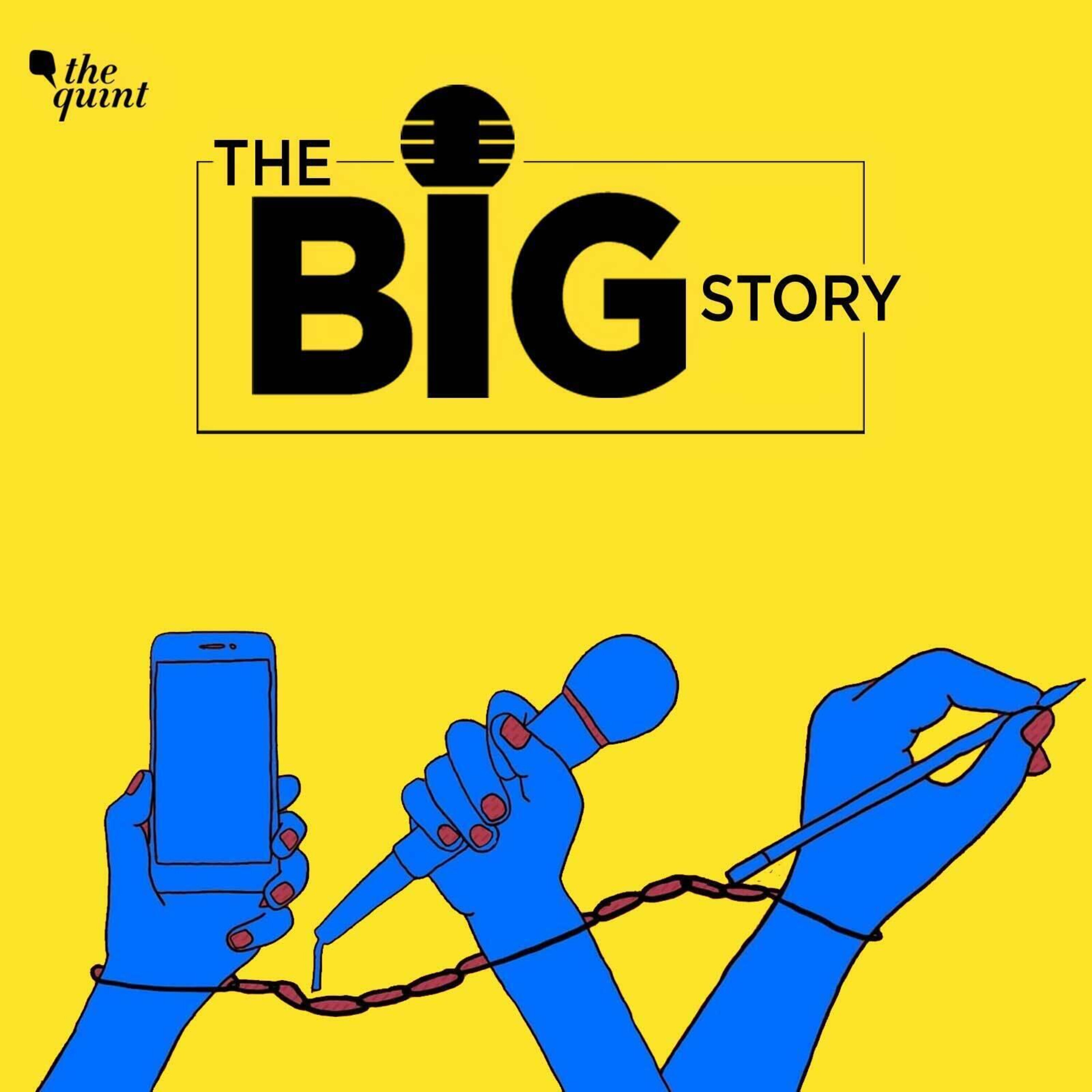Unpacking the State of Freedom of Press in India

b'
A month after taking office in 2014, Prime Minister Narendra Modi said India\'s "democracy will not sustain if we can\'t guarantee freedom of speech and expression".
\\n
\\n\\n
\\n\\n
\\n\\n
However, 8 years on, the freedom of one of the fundamental pillars of democracy \\u2013 the press \\u2013 has taken a nosedive. In 2015, the World Press Freedom Index, which is compiled annually by Reporters Without Borders, ranked India at 136 out of 180 countries. This number in 2021 reached the all-time low of 142.
\\n
\\n\\n
\\n\\n
\\n\\n
While India has not slipped further down the index, Reporters Without Borders continues to classify India as \\u201cbad\\u201d for journalism and termed it as one of the \\u201cworld\\u2019s most dangerous countries for journalists trying to do their job properly.\\u201d
\\n
\\nA February 2022 report by the Rights and Risk Analysis group points exactly to how dangerous it is. In its India Press Freedom Report 2021, the organisation states that at least six journalists were killed and 121 journalists including 13 media houses were targeted in India just in 2021.
\\n
\\nTime and again we hear about the state of freedom of the press in India, how journalists have been selectively targeted and attacked in India for their reportage, and in some cases also for their religious identity.
\\n
\\n\\n
\\n\\n
\\nA February 2022 report by the Rights and Risk Analysis group points exactly to how dangerous it is. In its India Press Freedom Report 2021, the organisation states that at least six journalists were killed and 121 journalists including 13 media houses were targeted in India just in 2021.
\\n
\\nTime and again we hear about the state of freedom of the press in India, how journalists have been selectively targeted and attacked in India for their reportage, and in some cases also for their religious identity.
\\n
\\n\\n
On the occasion of World Press Freedom Day, we take a look at how press freedom in India has shrunk over the years. Joining me to unpack this, for today\\u2019s episode, are senior journalist Seema Chishti, Patricia Mukhim, the editor of the Shillong Times, and Alishan Jafri, an independent journalist who covers hate crime in India.
\\n
\\nHost and Producer: Himmat Shaligram
\\n\\n
\\nHost and Producer: Himmat Shaligram
\\nEditor: Aditya Menon
\\n\\n
\\nMusic: Big Bang Fuzz
\\n\\n
Listen to The Big Story podcast on:
\\n\\n
Apple: https://apple.co/2AYdLIl\\n
\\nSaavn: http://bit.ly/2oix78C\\n
\\nGoogle Podcasts: http://bit.ly/2ntMV7S\\n
\\nSpotify: https://spoti.fi/2IyLAUQ\\n
\\nDeezer: http://bit.ly/2Vrf5Ng\\n
\\nCastbox: http://bit.ly/2VqZ9ur\\n
\\n\\n